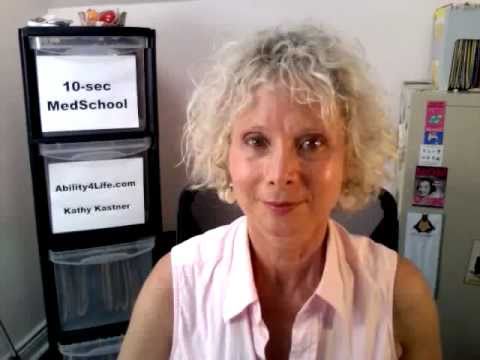Kathy Kastner
Guest blogger Kathy Kastner gives us an overview of the health literacy resources on the Internet. It is an important topic – how can patients be engaged and participatory if they don’t understand what they are told? Kathy Kastner is Blogger and Curator for bestendings.com and ability4life.com
Health literacy fascinates me because it’s so much more than writing for a specific grade (3,5,8 )level. It’s context and interpretation, layout and font size (in print), and tone and body language (in person)
The American Medical Association has a terrific video,’ You can’t tell by looking’ http://www.ama-assn.org//ama/pub/about-ama/ama-foundation/our-programs/public-health/health-literacy-program/health-literacy-video.page (alert Facebook Group: ‘But you don’t look sick’)
The Harvard School of Public Health {http://www.hsph.harvard.edu/healthliteracy/practice/innovative-actions/} has a list of print assessment tools – including the SAM Score from early health literacy innovators, Len and Ceci Doak, who wrote the classic text: Teaching patients with low literacy skills. {http://www.hsph.harvard.edu/healthliteracy/resources/teaching-patients-with-low-literacy-skills/}
Health literacy maven, Helen Osborne, founder of Health Literacy Month [http://www.healthliteracy.com/] and Health Literacy Out Loud podcasts [http://www.healthliteracyoutloud.com/about/ ] counsels using metaphors – which have to be appropriate to the person’s experience (for someone like me who’s never seen a pump, ‘the heart is like a pump’ is just one more thing to grapple with)
There are worthwhile visual tools to check out from Communication Disabilities Across Canada http://www.accpc.ca/ and The Institute for Healthcare Advancement has a terrific annual conference, and materials on their website.
http://www.iha4health.org/
There’s an emerging raft of online discussion:
- Public Health Literacy Blog http://publichealthliteracy.blogspot.ca/
- Twitter community = #healthliteracy
- Tweechat – #hchlitss Every Thursday at 8pm EST with co-hosts RV Rikard @rv_rikard, Kathleen Hoffman @drkdhoffman, and guests
- Health Literacy listserv – HealthLiteracy@lincs.ed.gov
I’ve also blogged about my findings:
- Even single syllable words can confound
http://www.ability4life.com/2010/08/medical-jargon-even-single-syllable-words-can-confound/ - Every encounter with the health system is a cross-cultural event
http://www.ability4life.com/2010/11/doctors-and-patients-cross-cultural-event/ - Health Literacy: beyond reading level.
http://www.ability4life.com/2010/06/health-literacy-beyond-reading-level/
My particular bone to pick relates to medication instructions -proven to be the source of medication errors. Why? they require health literacy and proper interpretation. YouTube’s provided my digital solution to illustrate: ‘take with food’ http://youtu.be/JZavfJ_U7hU and ‘plenty of liquids’ https://www.youtube.com/watch?v=lJOYjpwtlBQ&feature=share&list=UUeBg6OoHP7nx9jUHpEWCeCQ
An anecdote from Dr Barry Weiss, creator of the nutrition label as health literacy indicator: http://www.ability4life.com/2010/10/when-is-an-ice-cream-label-a-health-literacy-tool/
“After hearing the doctor say ‘we’re going to transfer the patient to another floor’ the patient worried to the nurse: ‘will there be a blanket? The floors are so cold.’ ”
Let us know if these links are helpful and if you would like to have more posts with resources like this. What topics are of interest to you?







Thanks for sharing all of these great resources Kathy! I’ve already started exploring the links further and will be bringing them back to the Patients’ Association and sharing them with some of the doctors I work with.
Hope we run into each other soon :)
Best,
Emily
Super helpful. Thanks!